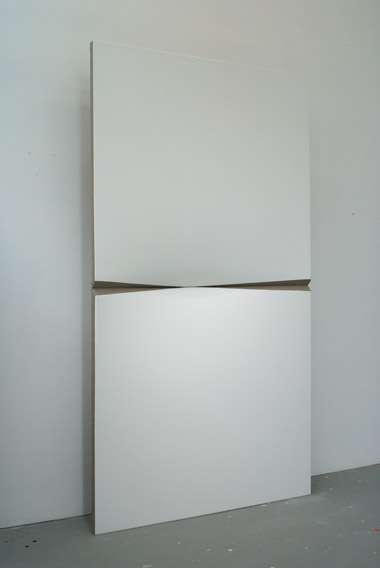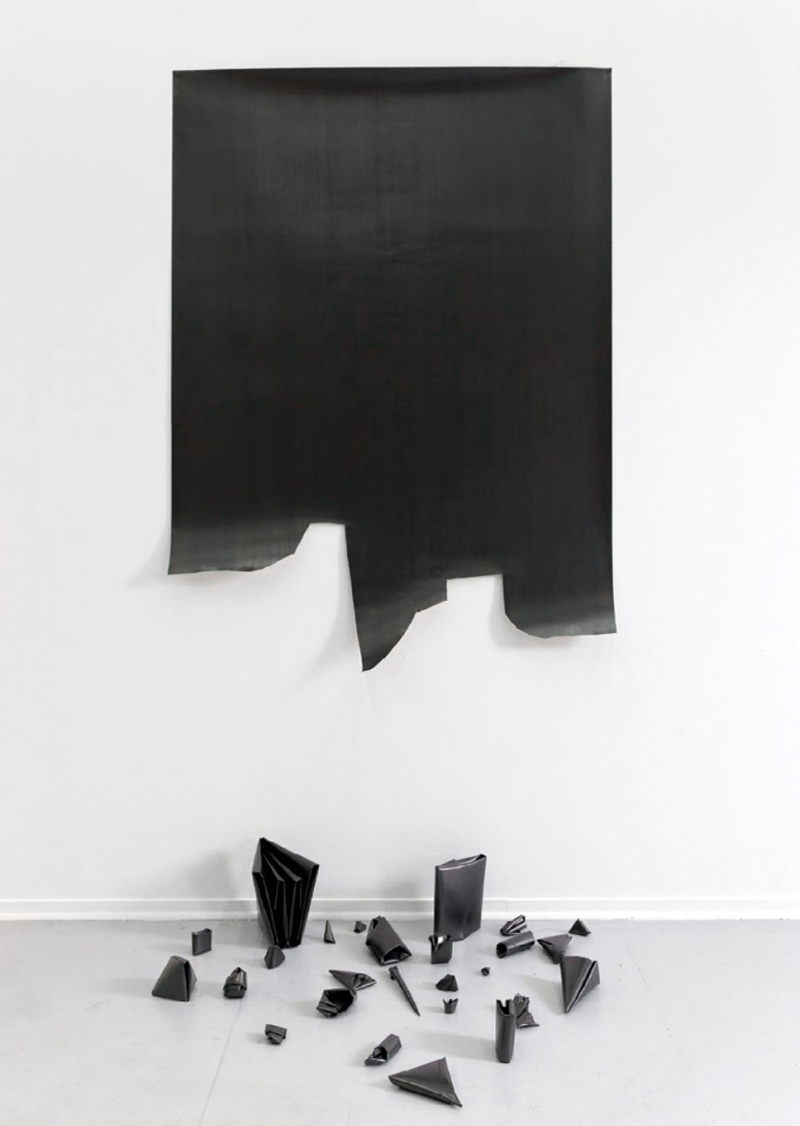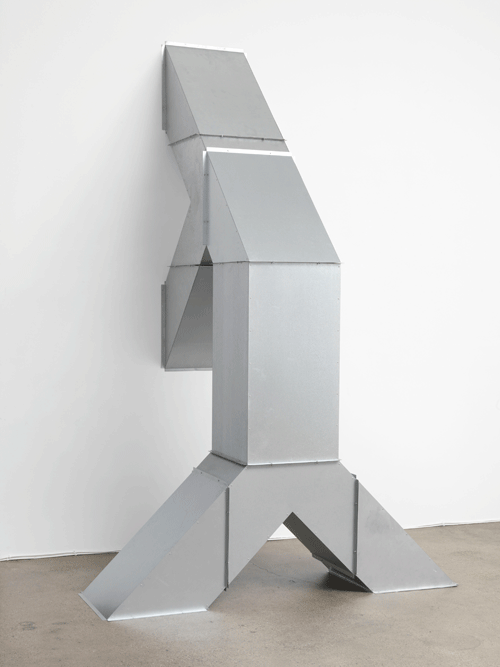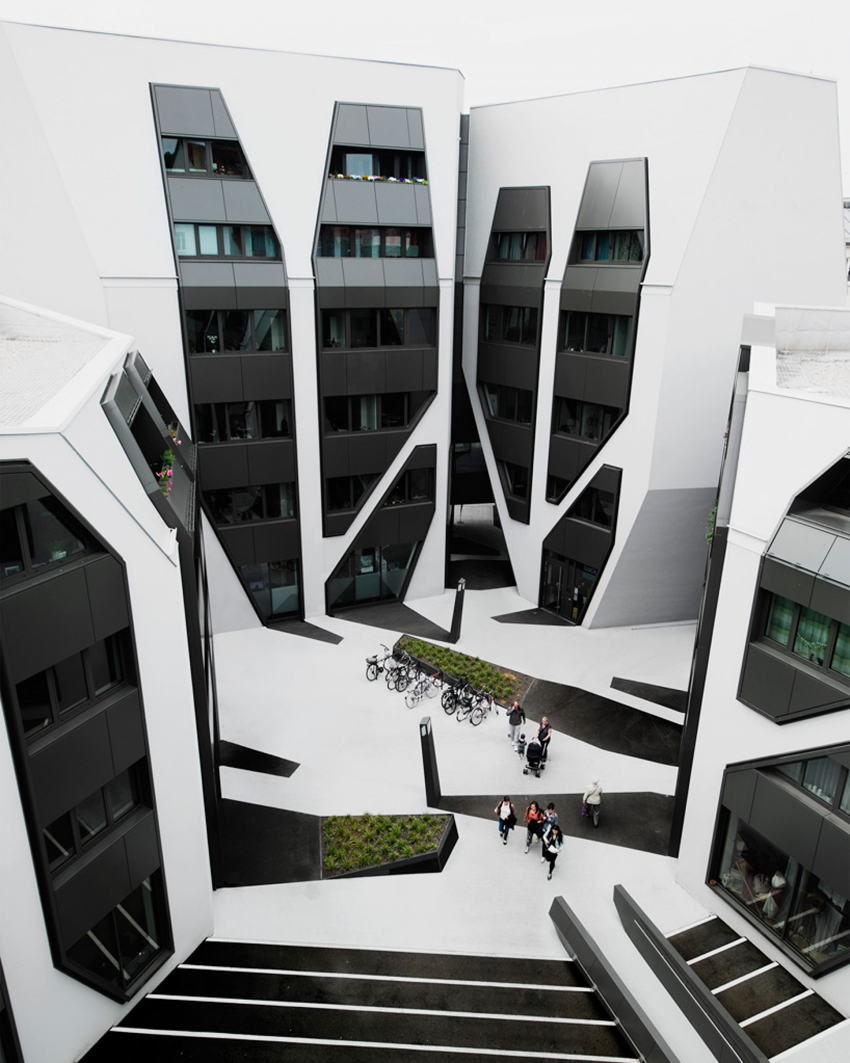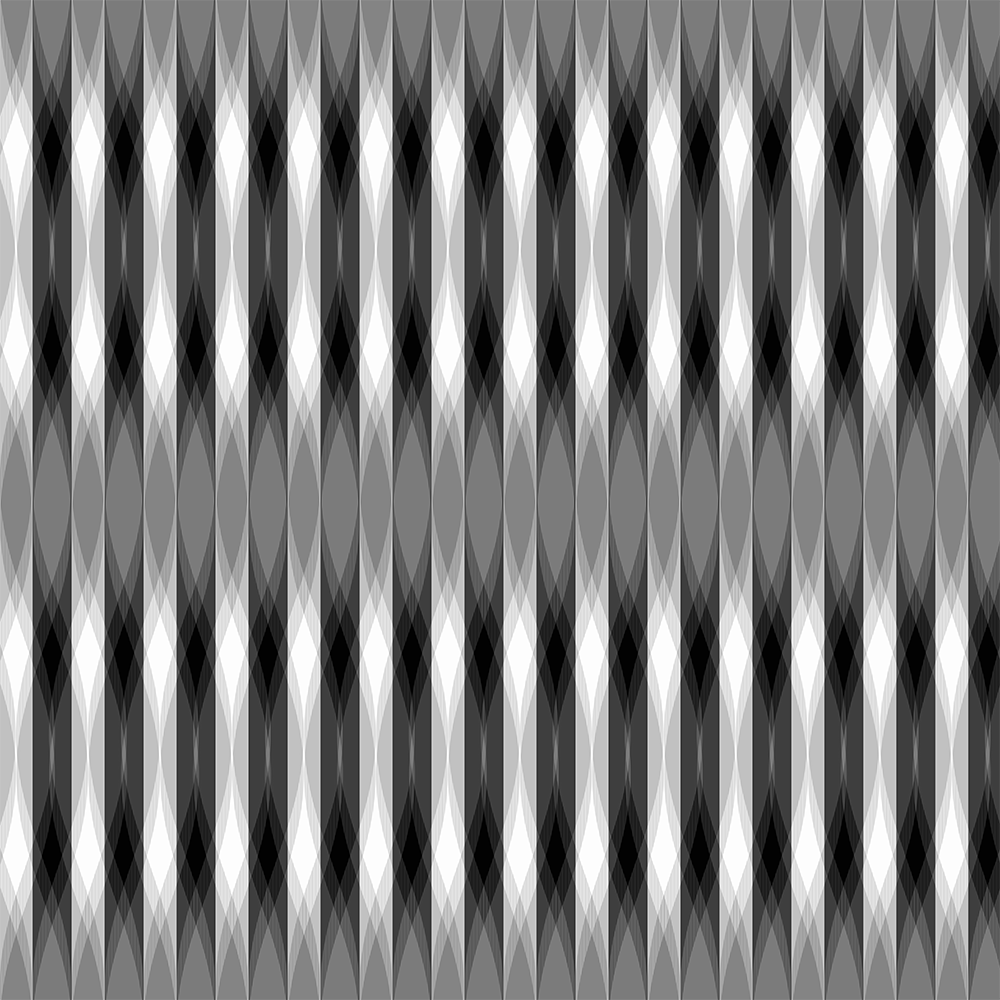Джон Мак-Кракен
约翰·麦克拉肯
ジョン·マクラッケン
Star, Infinite, Dimension, and Electron
“The geometric forms McCracken employed were typically built from straight lines: cubes, rectangular slabs and rods, stepped or quadrilateral pyramids, post-and-lintel structures and, most memorably, tall planks that lean against the wall. Usually, the form is painted in sprayed lacquer, which does not reveal the artist’s hand. An industrial look is belied by sensuous color.His palette included bubble-gum pink, lemon yellow, deep sapphire and ebony, usually applied as a monochrome. Sometimes an application of multiple colors marbleizes or runs down the sculpture’s surface, like a molten lava flow. He also made objects of softly stained wood or, in recent years, highly polished bronze and reflective stainless steel.Embracing formal impurity at a time when purity was highly prized, the works embody perceptual and philosophical conundrums. The colored planks stand on the floor like sculptures; rely on the wall for support like paintings; and, bridging both floor and wall, define architectural space. Their shape is resolutely linear, but the point at which the line assumes the dimensional properties of a shape is indefinable.” Christopher Knight


